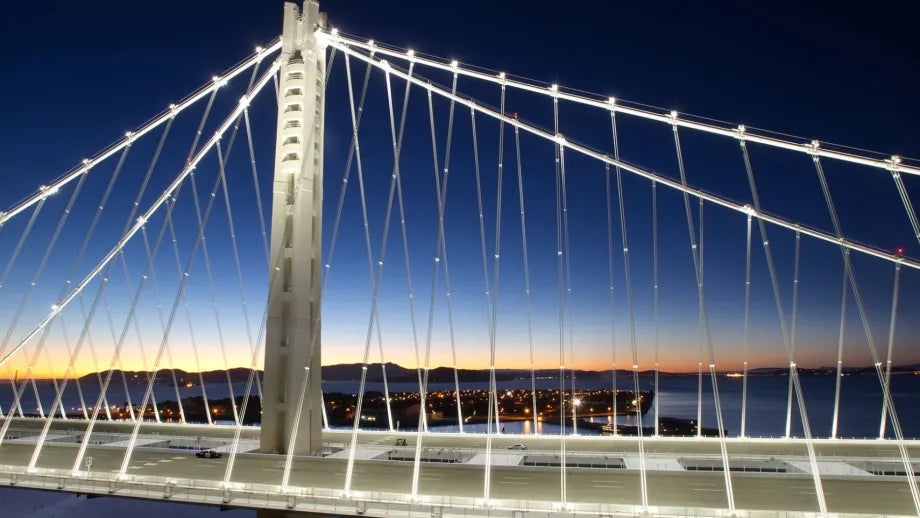Bay Area Voters to Decide On Comprehensive Traffic Relief Plan
The Metropolitan Transportation Commission’s Bay Area Toll Authority (BATA) affiliate today approved a resolution to place on the June 5 ballot in all nine Bay Area counties a sweeping $4.45 billion package of congestion relief projects known as Regional Measure 3. If approved by a combined majority of all voters, these projects would be financed by a $1 increase in tolls on the Bay Area’s seven state-owned toll bridges beginning Jan. 1, 2019, followed by a $1 increase in January 2022 and another $1 increase in January 2025.
The RM 3 expenditure plan was developed last year by the state Legislature, with Gov. Edmund G. Brown, Jr.’s October 2017 signature on state Senate Bill 595 authorizing today’s BATA action. Major projects in the RM 3 expenditure plan include expansion of BART’s railcar fleet to accommodate record ridership and the system’s pending extension to Milpitas and East San Jose; further extension of BART’s Silicon Valley service to downtown San Jose and Santa Clara; extending Caltrain to downtown San Francisco; expanding transbay bus services and AC Transit’s bus rapid transit lines; constructing a direct freeway connector from northbound U.S. 101 to eastbound Interstate 580 in Marin County, and improving the westbound approach to the Richmond-San Rafael Bridge and the I-580/ Richmond Parkway interchange in Contra Costa County; constructing a direct connector between Interstates 680 and 880 in Fremont; upgrading the I-680/State Route 4 interchange in Contra Costa County, the I-680/State Route 84 interchange in Alameda County and the U.S. 101/State Route 92 interchange in San Mateo; various upgrades to relieve congestion in the Dumbarton Bridge corridor and improve State Route 37 in Marin, Sonoma, Napa and Solano counties; completing the widening of U.S. 101 to three lanes in each direction through the Marin-Sonoma Narrows; extending the new SMART rail system to Windsor and Healdsburg; expanding San Francisco’s fleet of Muni Metro rail cars; and adding more vessels to the San Francisco Bay Ferry fleet.
RM 3 also would provide $50 million for planning and preliminary engineering of a second rail tube connecting the East Bay and San Francisco; and fund a $150 million grant program to improve bicycle and pedestrian access to regional transit hubs and to close gaps in the San Francisco Bay Trail. In addition, the measure includes a provision to establish an Inspector General position to oversee BART’s capital investments.
“Nobody likes higher tolls,” commented MTC Chair and Rohnert Park City Councilmember Jake Mackenzie. “But nobody likes traffic jams or crush-loaded train cars either. The Bay Area has been blessed by several consecutive years of strong economic growth. But the price we’ve paid is the growing congestion on our freeways, railways, buses and ferries. If our region is going to maintain its economic leadership, we have to have to invest in projects that will keep businesses and their workers moving. Gov. Brown and the state Legislature deserve a lot of credit for shaping RM 3 into a comprehensive and integrated strategy that will modernize both our highways and our transit networks.”
For details on the complete range of investments that would be funded if a majority of voters in the nine Bay Area counties approve RM 3, go to MTC’s web site at https://mtc.ca.gov/our-work/advocate-lead/regional-measure-3.
MTC is the transportation planning, financing, and coordinating agency for the nine-county San Francisco Bay Area.

